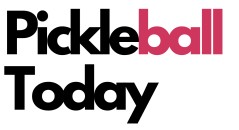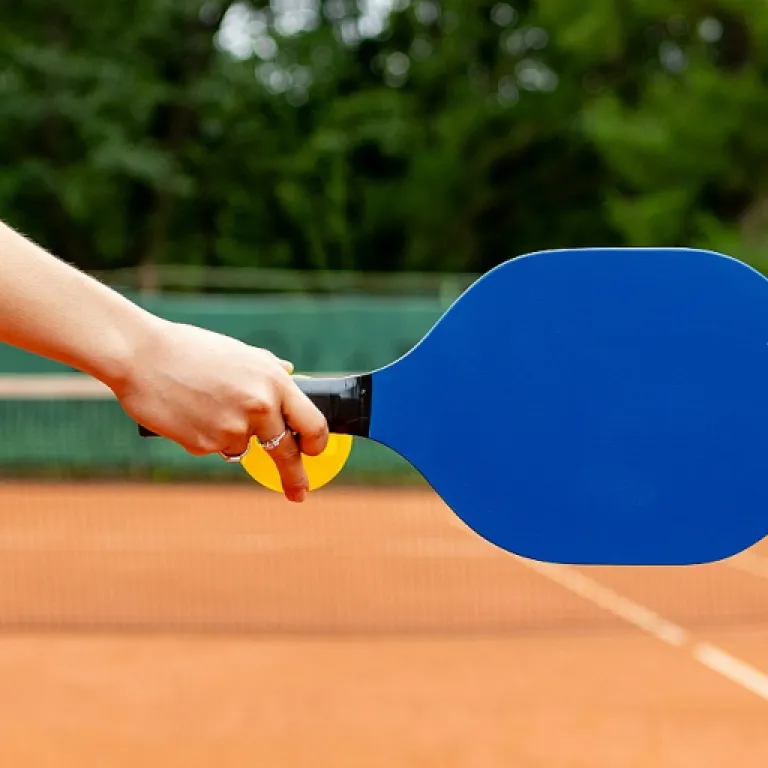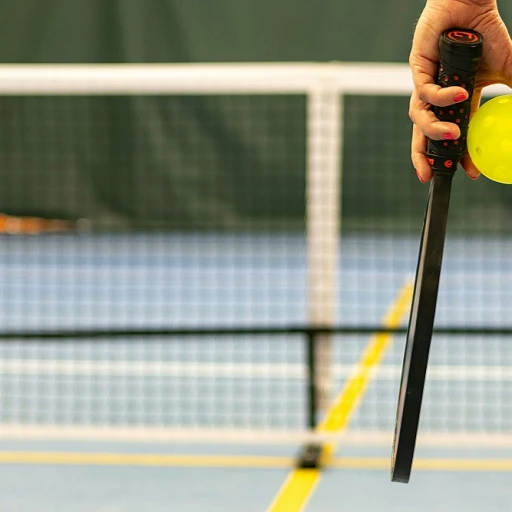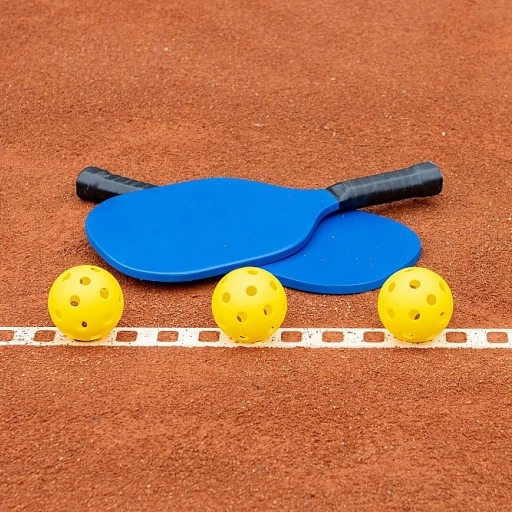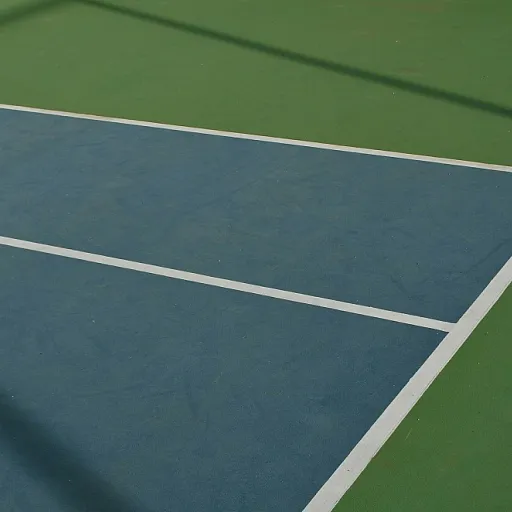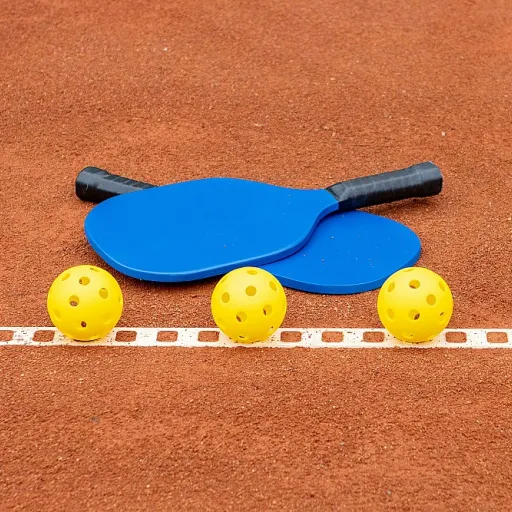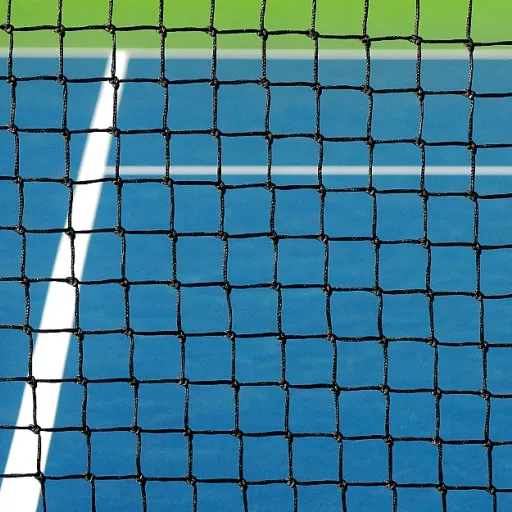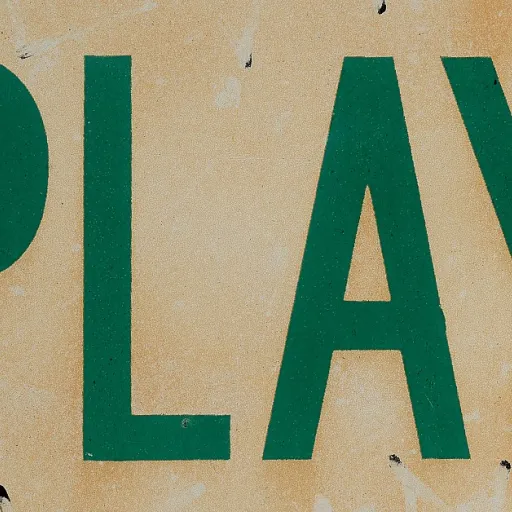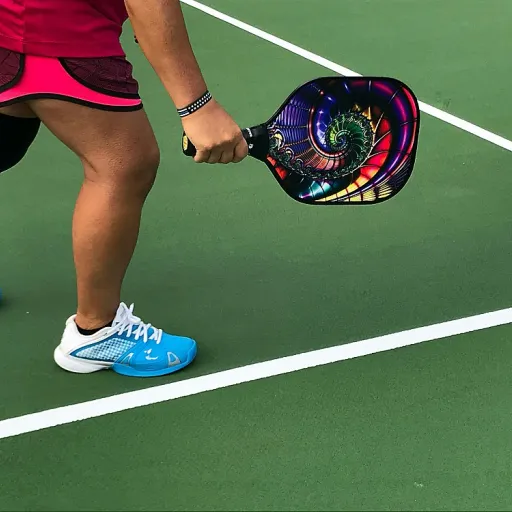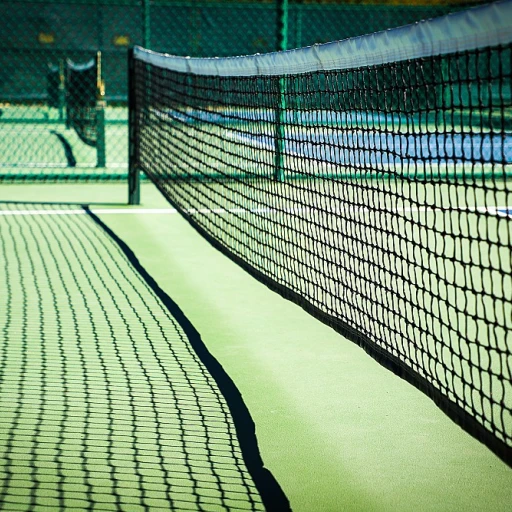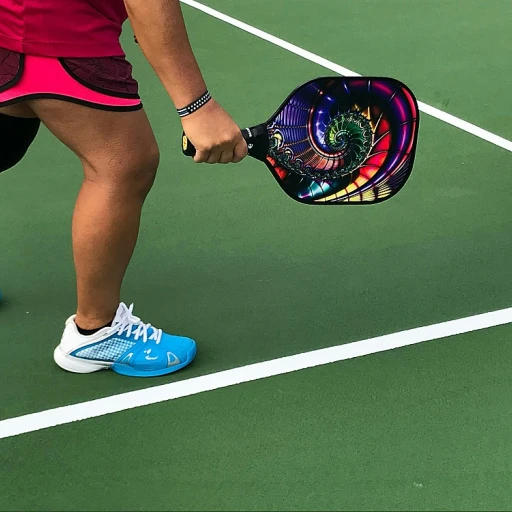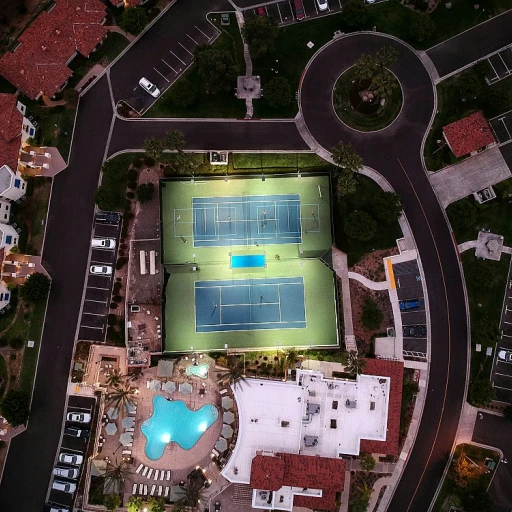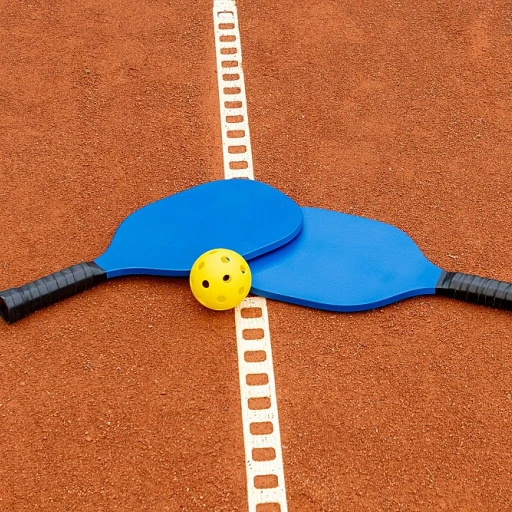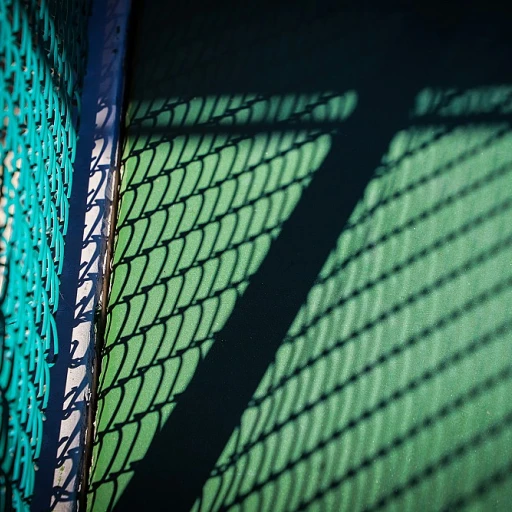
The Basics of Pickleball Skill Levels
Getting Acquainted with Pickleball Skill Ratings
When venturing into the world of pickleball, understanding the different skill levels can seem daunting. These levels serve as a way to assess a player's abilities and provide a structured pathway for improvement. Skill ratings are crucial for ensuring fair and competitive play.
In the United States, the USA Pickleball organization provides a widely recognized rating system that helps standardize skill levels across the country. This system helps players identify a starting point in their pickleball journey and understand where they need to develop their abilities.
The skill ratings range broadly, assessing players on various aspects of the game such as the ability to execute shots like forehand and backhand, serve control, and the mastery of the dink. Each level reflects a player’s ability to consistently play at a certain standard of the game, offering a roadmap for progression.
For beginners, mastering the basics such as serves returns and avoiding unforced errors is crucial, whereas advanced players focus on strategic play and consistency, especially in medium paced situations. As skill levels increase, the complexity of the game becomes more nuanced.
This rating system is not just about recognizing your current ability but serves as a guideline for your development and progress in this exciting sport. By regularly assessing your play, either through self-assessment or utilizing assessment sheets, you can refine your skills and work towards a higher skill rating.
Understanding these levels helps players set realistic goals and seek suitable competitive opportunities. For a deeper dive into what makes the sport intriguing at every skill level, take a moment to explore insights from experts around the world and see who is considered the top pickleball player globally.
The Pickleball Levels Chart Explained
Deciphering the Pickleball Levels Chart
Understanding the pickleball rating system is key to knowing where you stand as a player and identifying the areas for skill development. The pickleball levels chart, often utilized by USA Pickleball, serves as a guiding tool to categorize players based on their skills and performance on the court. This chart helps players and coaches maintain a standard consistency in evaluating abilities across different regions and tournaments.
The rating levels range from beginner to advanced, assessing competencies like serve consistency, control over forehand and backhand shots, and the capability to play medium paced and fast-paced games without excessive unforced errors. As you progress, your pickleball rating should reflect improvements in game tactics, the precision of your shots such as the dink, and the ability to execute serves and returns with precision.
Each rating level offers a clear framework for self-evaluation. For instance, a beginner player might struggle with basic serves and have inconsistent rally participation, while an intermediate player should have a stronger grip on both forehand and backhand strokes and can handle moderate pace with fewer unforced errors. A high-level player, on the other hand, displays advanced skills and consistently executes strategic plays under pressure.
For players, understanding these skill ratings lays the groundwork for targeted improvements. However, reaching a new skill level often requires developing specific competencies detailed in the skill assessment sheets. Whether aiming to enhance your control over the court or mastering a tricky shot, the goal should always be to achieve better consistency in your play.
How to Assess Your Pickleball Skill Level
Evaluating Your Current Skills
Assessing your pickleball skill level is an essential step on your journey to becoming a more proficient player. By understanding your current abilities, you can tailor your practice to improve specific areas of your game. The USA Pickleball Association offers a rating system that helps players determine their skill rating. This process involves both self-assessment and feedback from other players.
Having a comprehensive skill assessment involves considering a variety of factors, from your ability to control shots to your consistency on the court. Evaluating your strengths and areas for improvement offers valuable insights into how you can play pickleball more effectively.
- Consistency: One of the primary indicators of a player's skill level is their ability to play consistently. This includes minimizing unforced errors across matches.
- Shot Control: Being able to control a variety of shots, including serves, returns, dinks, forehand, and backhand, is crucial for advancing in the sport.
- Shot Selection: At a high level, players make strategic choices about when to execute aggressive shots versus playing high-percentage, medium-paced shots to maintain court control.
Consider utilizing assessment sheets and skill ratings to gauge where you stand at the moment. These tools will not only qualify your current proficiency but also help set goals for improvement.
Regardless of your current level, there's always room to enhance your skills, whether through practicing new serve and return techniques or by focusing on specific areas of your game like improving shot consistency. By regularly revisiting your pickleball rating and reflecting on your matches, you can steadily advance in the sport.
Improving Your Pickleball Game
Advancing Your Skills for Better Gameplay
Improving your pickleball game involves a blend of practice, strategy, and understanding your current skill level. Here's how you can move up the rating levels and enhance your performance on the court:- Understand and Utilize the Ratings: Familiarize yourself with the pickleball rating system, which ranges from beginner to high-level play. This understanding helps you focus on the skills required for your specific rating level, whether it's mastering a consistent serve or refining your dink shots.
- Assess Your Strengths and Weaknesses: Conduct a skill assessment regularly. Use assessment sheets to track your current abilities, such as forehand and backhand control, serve consistency, and ability to execute medium paced serves and returns.
- Focus on Consistency: One key to advancing in rating USA pickleball levels is consistency. Aim to reduce unforced errors, especially during crucial shots like serves and returns. Consistently high play can elevate your skill rating.
- Practice Specific Shots: Devote practice time to perfecting your pickleball skills. Isolate different shots and work on each to build control. Consistent practice of targeted shots increases player skill levels over time.
- Seek Resources and Coaching: Enlist the help of experienced players or coaches who can provide insights into the game, offer personalized feedback, and guide your development.
Common Challenges at Different Skill Levels
Challenges Faced by Different Skill Levels
Understanding the common challenges players face at different skill levels can greatly aid in personal development and progression. Here are some prevalent hurdles that players might encounter:- Beginner Level: Players often struggle with basic control such as keeping the ball in play and managing medium-paced shots. Consistently executing a proper serve and return is crucial for moving past this level. Improving serves and minimizing unforced errors are key focus areas.
- Intermediate Level: At this stage, players start encountering more complex techniques that require greater skill. Issues may arise with maintaining control during fast and slow-paced rallies, using effective forehand and backhand shots, and developing consistency with serves returns. The understanding of strategic positioning on the court becomes critical.
- Advanced Level: High-level players face challenges in fine-tuning their mastery of the game. Consistency becomes a top priority, aiming to execute shots with precision and strategic intent. Such players often focus on reducing unforced errors, while enhancing their ability to dink with control in high-pressure situations.
Resources for Further Development
Essential Tools and Guidance for Your Pickleball Journey
Exploring resources tailored to aid development is crucial as players progress from beginners to more advanced levels. Here's a list of resources that can enhance your understanding and skills in pickleball:- Online Platforms and Communities: Engage with online forums and communities where discussions focus on pickleball strategy, skills, and drills. These platforms often provide tips on improving serves, controls, and the effective use of forehand and backhand shots.
- Skill Assessment Sheets: Utilize assessment sheets available online to track your progress. These tools often align with USA Pickleball ratings and help players recognize areas needing improvement.
- Professional Instruction: Consider taking lessons from certified instructors who can provide personalized guidance tailored to your skill level. Instructors can correct unforced errors and fine-tune game consistency.
- Pickleball Clinics and Workshops: Joining clinics can provide invaluable hands-on experience. These environments encourage players to consistently practice medium-paced serves and returns, nurturing a higher commitment to the game.
- Video Analysis and Tutorials: Watching videos that analyze pickleball matches can aid in understanding movement patterns on the court. Access content focusing on various shot techniques, including the dink, to refine gameplay.
- Books and Guides: Reading material authored by seasoned players offers strategic insights. These resources cover a range of topics, from beginner guides to advanced shot control.
